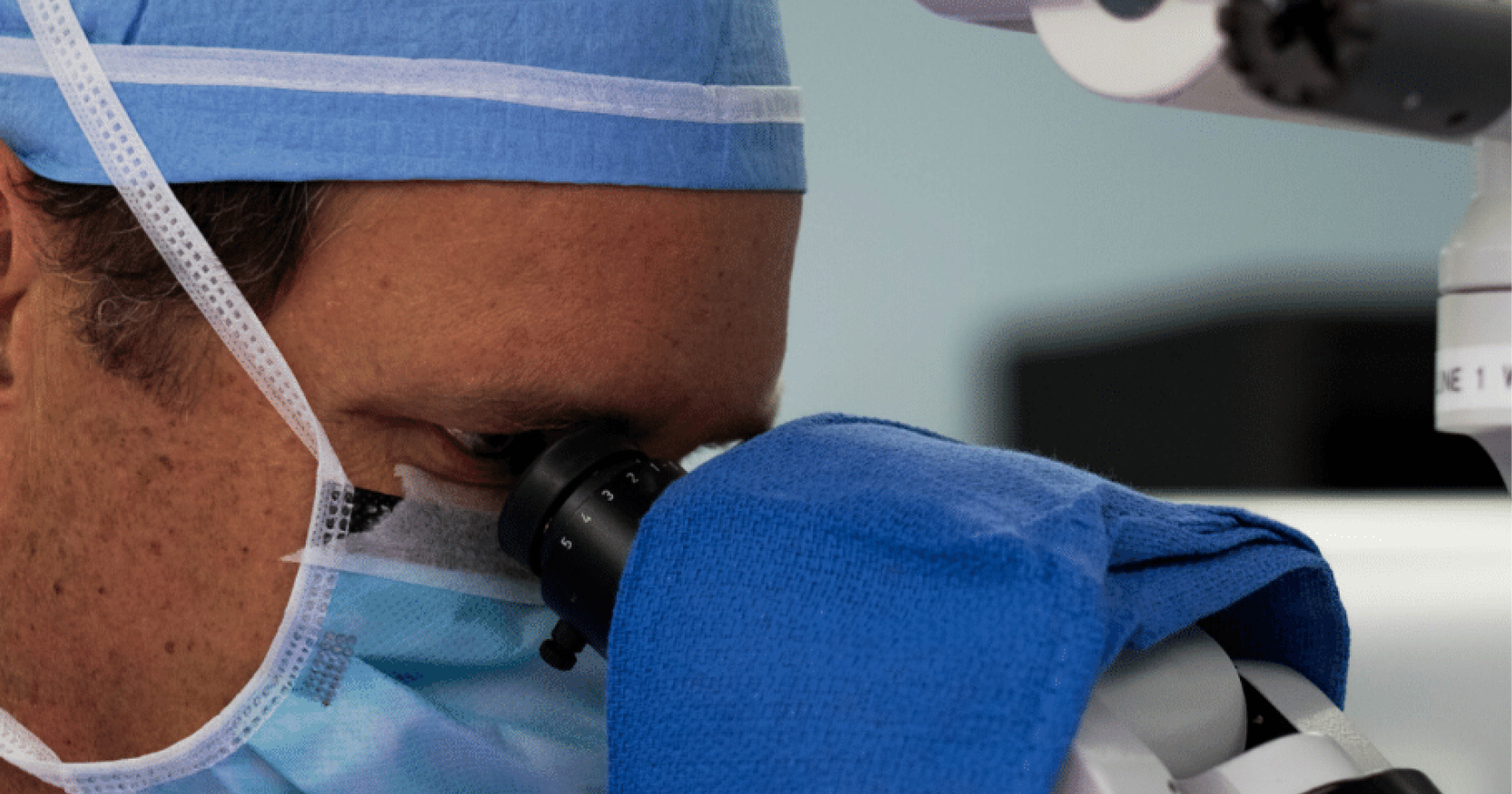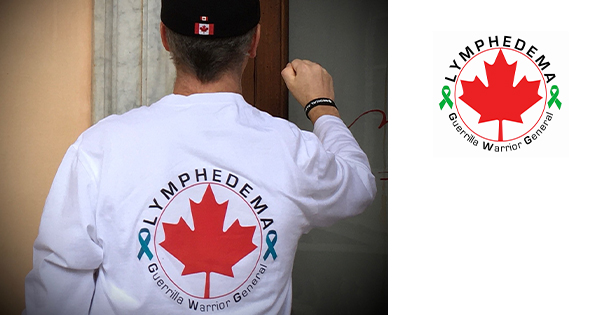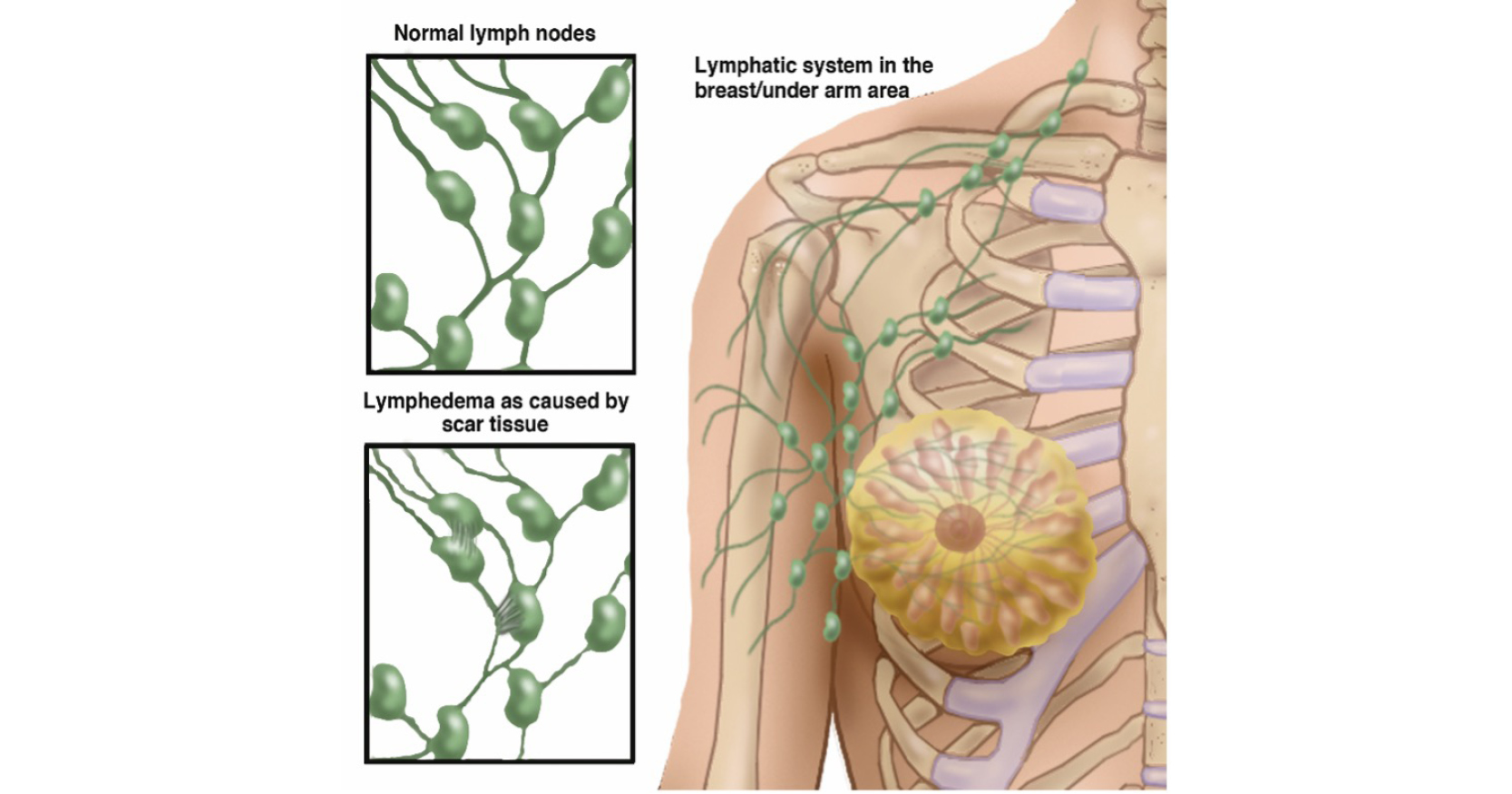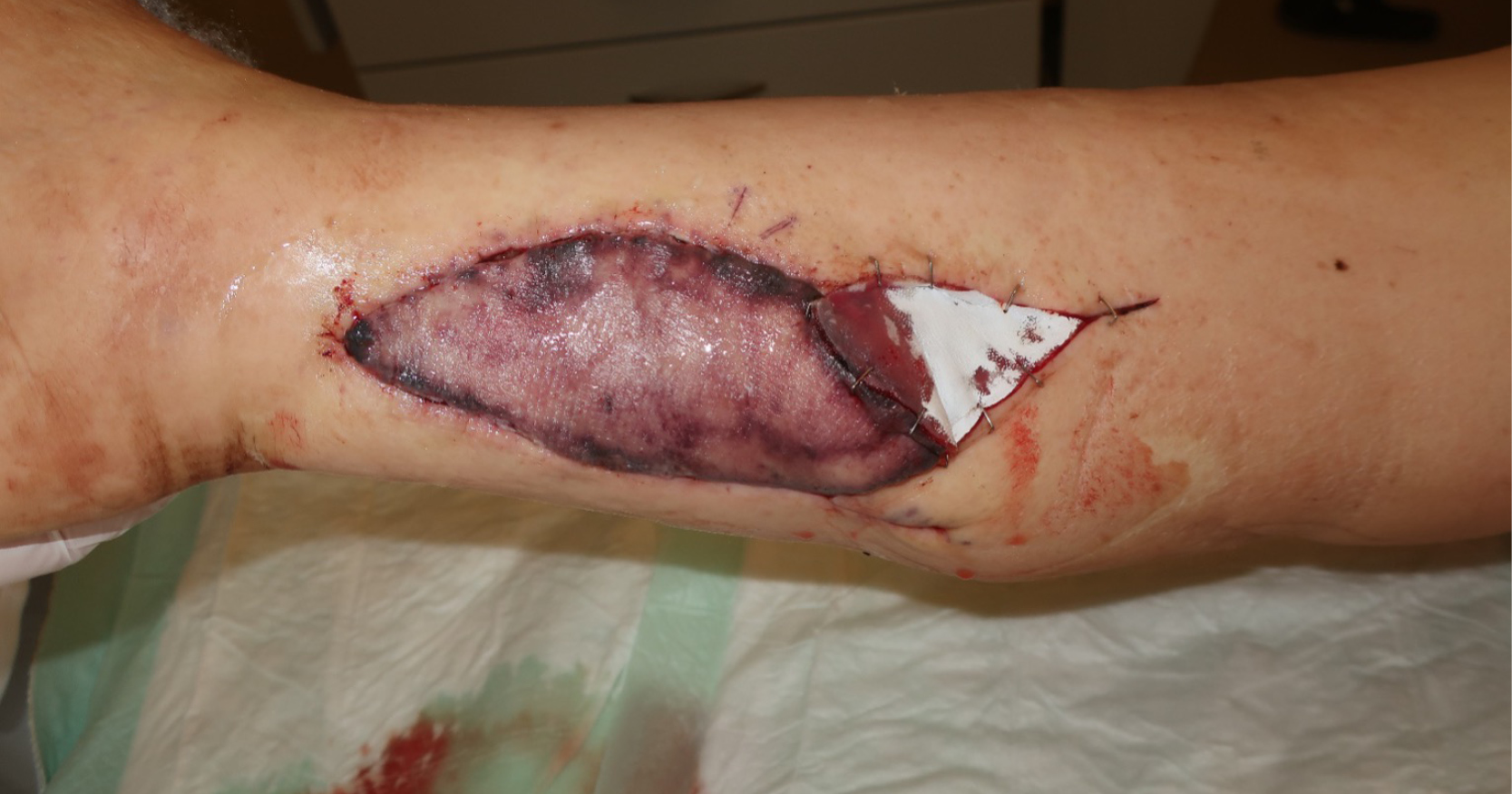Lymphoedema is a common sequela of breast cancer and its treatment, affecting 16–21% of patients (McLaughlin et al, 2008; DiSipio et al, 2013) and leading to additional medical costs and diminished quality of life secondary to upper extremity pain, cellulitis, and chronic wounds (Brayton et al, 2014; Basta et al, 2016; De Brucker et al, 2016). While surgical treatment of lymphoedema has historically consisted of debulking procedures, such as liposuction or direct excision, physiological procedures, such as lymphovenous bypass and vascularised lymph node transplant (VLNT), have recently garnered support due to their ability to restore lymphatic drainage of the affected limb (Basta et al, 2014).
VLNT is hypothesised to treat lymphoedema in a twofold manner. First, the transplanted nodes act as a sink for lymphatic fluid, allowing it to enter the venous system. Second, the transplanted nodes secrete vascular endothelial growth factor C (VEGF-C), promoting lymphangiogenesis (Gould et al, 2018). Both small animal models (Huang et al, 2016, Aydogdu et al, 2017) and clinical studies (Becker et al, 2006; Beederman et al, 2020) of VLNT have demonstrated its efficacy in reducing limb swelling, and patients have overwhelmingly reported subjective improvement (Basta et al, 2014, De Brucker et al, 2016).
As lymph node transplants gain popularity, they are increasingly and more effectively combined with microsurgical breast reconstruction in patients who have developed breast cancer-related post-mastectomy lymphoedema (Saaristo et al, 2012, Nguyen et al, 2015, Forte et al, 2020). However, the complication profile of concurrent VLNT and microsurgical breast reconstruction remains unclear, because existing studies are limited by relatively modest sample sizes (Saaristo et al, 2012; Nguyen et al, 2015; Hamdi et al, 2021).
In this study, we examine the complication rates of microsurgical breast reconstruction with and without concurrent VLNT utilising a large national database to determine if the addition of lymph node transplant alters the risk profile of these procedures.
Methods
This study was designated as non-human subjects research and thus exempt from Institutional Review Board approval. The American College of Surgeons National Surgical Quality Improvement Program (NSQIP) Participant Use Data Files, containing records of procedures from over 700 hospitals nationwide, were obtained. Procedures from 2009 to 2020 were filtered for those involving microsurgical breast reconstruction (Current Procedural Terminology [CPT] code 19364). Patients were assigned to the VLNT group if additional, non-breast free flaps were performed concurrently (CPT codes 15756, 15757, 15758, and 49906; Bamba et al, 2022).
Demographic data were extracted from the NSQIP database, including age, race, and ethnicity. The five-item modified frailty index (mFI) was calculated as a normalised 0-to-1 scale as previously described, considering functional status, diabetes, chronic obstructive pulmonary disease (COPD), congestive heart failure (CHF) and hypertension (Velanovich et al, 2013; Subramaniam et al, 2018). Other comorbidities examined included BMI, smoking status, chronic steroid use, disseminated cancer, and American Society of Anesthesiologists (ASA) classification. Operative time and laterality of the reconstruction were also recorded.
The primary outcome of interest was the 30-day incidence of surgical complications, a composite of surgical site infection and dehiscence. Secondary outcomes included the 30-day incidence of medical complications (including deep venous thrombosis, pulmonary embolism, pneumonia, reintubation, acute kidney injury, urinary tract infection, sepsis, stroke, myocardial infarction, and cardiac arrest) and unplanned reoperations, which were categorised as drainage of haematoma or seroma, debridement of infected or necrotic tissue, dehiscence, thrombosis or flap failure, or other procedures.
Statistical analysis
Kolmogorov-Smirnov tests assessed the normality of continuous variables, which are reported as mean ± standard deviation when normally distributed or median (interquartile range, IQR) when non-normally distributed. Chi-square and Fisher’s exact tests were performed to compare categorical data across VLNT and non-VLNT groups, while Student’s t-tests or Mann-Whitney U tests were utilised to compare continuous data as appropriate. Missing data were excluded using pairwise deletion in these bivariate comparisons.
A multivariable logistic regression for surgical complications was performed using stepwise selection with a prespecified p-value threshold of 0.10. Initial variables considered for possible inclusion in the model were age, race, ethnicity, BMI, diabetes, smoking, hypertension, COPD, CHF, chronic steroid use, functional status, operative time, and surgery laterality. VLNT was forced into the model as the variable of interest. Variance inflation factors (VIFs) were calculated to assess for multicollinearity, where a VIF > 10 indicates significant collinearity among variables.
Due to potential baseline differences in patients in VLNT and non-VLNT groups, as well as the significant mismatch in group sizes, a propensity score-matched analysis was performed to account for known possible confounders. The matching covariates were those identified via stepwise multivariable logistic regression, with the addition of laterality to improve balance and the exclusion of COPD due to its low count (Bergstra et al, 2019).
Propensity scores were calculated via a logistic regression model with an optimal fixed ratio algorithm to minimise the total difference in propensity score across groups. A 4:1 control-to-VLNT match ratio and a calliper width of 0.25 standard deviations of the logit of the propensity score were used. The balance in the distribution of potential confounders before and after matching was evaluated with standardised mean differences (SMD), where an SMD ≤0.10 is considered nonsignificant.
For categorical variables with more than two levels, the match was evaluated using Fisher’s exact tests.
Listwise deletion was utilised in regression and propensity score analyses. All P-values represent two-tailed tests, and the significance level was predefined at α=0.05. VIF calculations were performed utilising the car package in R Statistical Software version 4.1.2 (R Foundation for Statistical Computing, Vienna, Austria). All other statistical analyses were performed in SAS Studio software version 3.81 (SAS Institute, Cary, NC).
Results
From 2009 to 2020, a total of 15,862 microsurgical breast reconstruction procedures were performed, 75 of which included additional free flap procedure codes and were thus assigned to the VLNT group (Figure 1). Baseline demographics and comorbidities differed only by increased age in the VLNT group (53 years [IQR 47–59 years] versus 51 years [44–58], P=0.04; Table 1). However, the VLNT group had longer operations (571 minutes [457–693] versus 475 minutes [369–593], P<0.001) and were more likely to be undergoing unilateral breast reconstruction (79% versus 63%, P=0.006).
Multivariable logistic regression demonstrated that increasing BMI, longer operations, diabetes, smoking, hypertension and COPD were associated with an elevated risk of postoperative surgical site complications, while the addition of VLNT was not (odds ratio 1.28; 95% CI 0.58–2.86, P=0.54; Table 2). Propensity score matching on the above variables, as well as laterality yielded 300 patients in the non-VLNT group with a good balance of potential confounders (Table 3 and Supplemental Table 1).
In these propensity-matched cohorts, the incidence of surgical complications in the VLNT group was 9.3%, not significantly different from 7.0% in the non-VLNT group (P=0.47). Similarly, unplanned reoperations and medical complications were uncommon and did not differ across groups (Table 4). The most common indications for reoperation were drainage of haematoma or seroma and debridement of infection or necrosis.
Discussion
As the proportion of patients opting for autologous breast reconstruction (American Society of Plastic Surgeons, 2015, 2020) and the popularity of physiologic procedures for lymphoedema (Chocron et al, 2022) continue to grow, the natural combination of these surgeries requires further exploration. In this study, analysis of a national database revealed that the addition of vascularised lymph node transplant to microsurgical breast reconstruction was not associated with an increase in 30-day surgical site complications. This was demonstrated via both multivariable logistic regression and propensity score-matched comparisons, in which the incidence of surgical site complications was 9.3% in the VLNT cohort, not significantly different from the non-VLNT cohort.
Prior studies exploring complications of lymph node transplants with or without concurrent breast reconstruction are limited. A systematic review and meta-analysis of VLNT reported a 7.8% surgical site infection rate (4/51) and a 2.6% re-exploration rate (2/75) for venous congestion of the lymph node flap (Basta et al, 2014), while another study found that inguinal lymph node flaps had an overall complication rate of 13.5% (Scaglioni et al, 2018). When performed in combination with autologous breast reconstruction, studies have raised concern over a possibly increased incidence of seromas, which are estimated to occur following 33–54% of operations (Saaristo et al, 2012; Hamdi et al, 2021).
Our study demonstrated surgical complication rates consistent with those of isolated VLNT described above. However, the NSQIP database does not report on seroma formation, thereby limiting quantification of the incidence of seromas in our cohort. Nevertheless, the proportion of patients with fluid collections that required surgical drainage was low, at just 2.7%. These findings suggest that while the addition of VLNT to microsurgical breast reconstruction may lead to increased seroma formation, these may be relatively minor complications treatable by compression, aspiration or drainage, rather than an operation.
Although VLNT was not a predictor of surgical complications in our regression analysis, operative time was a predictor of surgical complications. Indeed, each additional minute of operative time increased the odds of a surgical complication by 0.1%. This distinction may indicate that a prolonged or difficult dissection raises complication risk, regardless of if the time is spent on the flap for breast reconstruction or the lymph node flap.
This study does have limitations inherent to retrospective analyses and the deidentified nature of the NSQIP database. Firstly, vascularised lymph node transplant has not yet been assigned a unique CPT code; the VLNT group was therefore defined by codes for additional free flaps not related to breast reconstruction. These codes have previously been used to query the NSQIP for VLNT (Bamba et al, 2022), but it remains possible that this group includes some patients that underwent unrelated free flaps for reconstruction of other defects at the same time as the breast reconstruction. Similarly, the NSQIP only reports on short-term complications within 30 days postoperatively, so this study could not characterise later complications.
Finally, despite the large dataset afforded the NSQIP, the codes of interest identified just 75 procedures involving microsurgical breast reconstruction and VLNT. Our analysis may consequently be underpowered to detect smaller changes in complication rates. For example, the rate of superficial surgical site infections was 6.7% in the VLNT group as compared to 2.3% with breast reconstruction alone, but this difference was not statistically significant (P=0.07). Thus, while lymphatic surgery remains relatively uncommon, multicentre collaboration may be helpful to obtain larger sample sizes and draw more detailed, generalisable conclusions with longer follow-up.
Conclusion
Performing vascularised lymph node transplants to treat lymphoedema at the time of microsurgical breast reconstruction does not appear to significantly alter the risk profile of these procedures compared to free tissue transfer for breast reconstruction alone. Further multicentre prospective investigation is necessary to confirm these findings.







